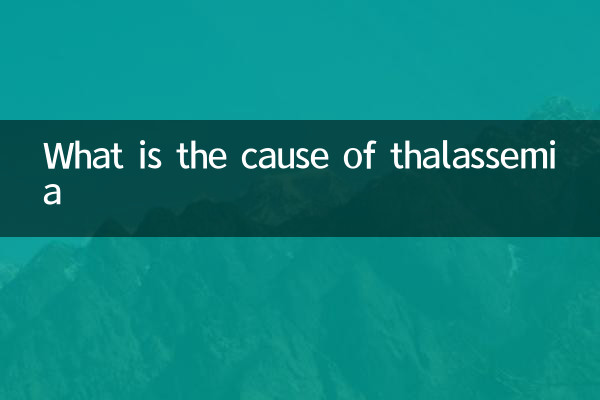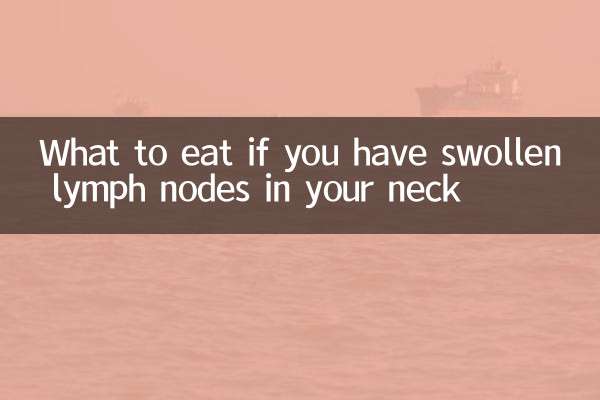What is the cause of thalassemia
Thalassemia is a hereditary blood disease, mainly due to the disorder of hemoglobin synthesis, which shortens the life of red blood cells and causes anemia. In recent years, this disease has received widespread attention around the world, especially in the Mediterranean Sea, Southeast Asia, and the Middle East. This article will combine the hot topics of the past 10 days to provide a detailed analysis of the causes, types, and prevention and treatment measures of thalassemia.
1. Genetic mechanism of thalassemia

Thalassemia is an autosomal recessive disease caused by genetic mutations. Hemoglobin is composed of α chain and β chain, and thalassemia is divided into α type and β type, corresponding to insufficient synthesis of α chain or β chain respectively. The following is a comparison of the genetic characteristics of the two types of thalassemia:
| type | Affected genes | inheritance pattern | clinical manifestations |
|---|---|---|---|
| alpha thalassemia | HBA1/HBA2 gene | autosomal recessive | Mild anemia to fetal hydrops syndrome |
| beta thalassemia | HBB gene | autosomal recessive | Anemia, splenomegaly, developmental delay |
2. Recent hot research and data
According to the medical research trends in the past 10 days, gene therapy and screening technology for thalassemia have become hot topics. Here are some key data:
| field of study | Latest developments | Data source |
|---|---|---|
| gene editing | CRISPR-Cas9 technology successfully repairs beta thalassemia mutated gene | "Nature·Medicine" 2023 |
| screening technology | Newborn screening coverage in southern China increased to 85% | National Health Commission Report |
| Prevalence | About 1.5% of the world’s population are carriers of the thalassemia gene | WHO 2023 Statistics |
3. Prevention and treatment of thalassemia
The key to preventing thalassemia lies in genetic counseling and prenatal screening. The following are the current main prevention and control measures:
1.Pre-marital/pre-pregnancy screening: Use blood tests to determine whether both spouses are carriers and assess the risk of the disease to their offspring.
2.prenatal diagnosis: Perform chorionic villus sampling or amniocentesis on high-risk fetuses, and take intervention measures after diagnosis.
3.Treatment:
4. Social concern and patient support
Recently, public welfare organizations in many places launched Thalassemia Awareness Month activities, calling for increased screening awareness. For example, the Guangdong Provincial Red Cross Joint Hospital provides free genetic testing, covering 100,000 couples of childbearing age.
Conclusion
The root cause of thalassemia is an inherited genetic defect, but through scientific screening and medical advances, patients' quality of life has significantly improved. The public needs to increase their awareness of recessive genetic diseases and actively participate in prevention to reduce the spread of the disease.

check the details

check the details